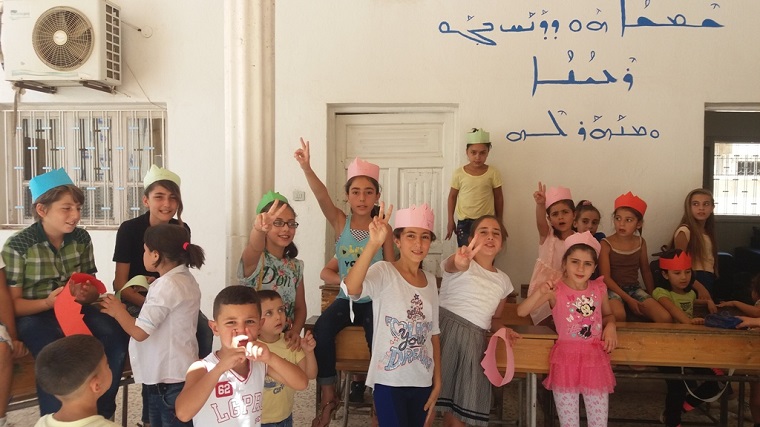Preserving a Language in Fragments: How Dispersed Communities Can Revive Their Voice
By Denho Bar Mourad-Özmen | Former Special Educator and Advisor at Sweden’s National Agency for Special Education
In a world where globalization and migration blur borders, it is not only territories that disappear—but also languages. Today, many minority languages teeter on the brink of extinction, especially those whose speakers have been scattered across national boundaries due to war, colonialism, or forced displacement. Yet there is hope—and it begins with understanding what each of us can do, both individually and collectively.
Core Mission: Preserving and Developing the Language
The ultimate goal of any language revitalization effort is for the language to survive—not merely as a relic of the past but as a living, evolving means of communication. To preserve a language is to protect its unique expressions, structure, and cultural significance. To develop it means adapting it to modern realities and technologies. These goals are inseparable—preservation without growth risks stagnation, while development without roots risks erasure.
A vital part of this strategy is not to become fixated on a single writing system or alphabet. In a world where speakers of the same language may live in vastly different countries, it is both practical and empowering to embrace multiple writing systems.
A language might be written using the Latin alphabet in the West, an Arabic script in the Middle East, or a locally adapted script in its place of origin. The key point is not which alphabet is used, but that the language is used at all. Flexibility ensures that more speakers can connect with and feel ownership over the language, no matter where they live.
Language as a Vessel of Identity and Survival
Language is more than just words—it is a vessel of history, worldview, and cultural identity. When a language dies, unique ways of thinking, remembering, and relating to the world vanish with it. This loss is particularly profound for communities whose languages are endangered, such as the Sa’och speakers in Cambodia and Thailand, whose language nearly disappeared following forced relocations in the nineteenth century.
What Can Individuals Do?
Whether you are a parent, teacher, priest, doctor, or simply someone passionate about language, there are concrete actions you can take:
- Use the language daily – speak it at home, write it in messages, sing songs—every use matters;
- Learn and teach it – even if you’re not a native speaker, you can learn the basics and pass them on;
- Document it – record conversations, write down vocabulary, create word lists—every record is a legacy;
- Build community – form language circles, organize storytelling events, and promote cultural gatherings where the language is used.
Effective Strategies for Revitalization
Several proven methods have successfully revived endangered languages:
- Language nests: Inspired by Māori models in New Zealand, where elders teach children in immersive language environments. This has also been adopted for Sámi languages in Finland;
- Mentor-apprentice programs: Pairing fluent elder speakers with younger learners for hands-on, daily language transmission;
- Digital tools: Using apps, social media, and online platforms to teach and promote the language globally;
- Educational programs: Incorporating the language into school and university curricula, such as Canada’s CILLDI program, which trains teachers and researchers in Indigenous language development.
Bridging Geographic and Cultural Gaps
For languages whose speakers are spread across borders—like the Tani-speaking communities in India and China—cross-border collaboration is essential. Organizations like the Tani Language Foundation work to document the language, standardize scripts, and produce educational materials that connect fragmented communities.
In such cases, allowing different groups to use the writing systems most suitable for their local contexts is vital. This multilingual approach can even enrich the language, enabling it to adapt and grow in multiple directions at once.
Shared Effort for the Future
Reviving an endangered language requires commitment—from individuals, communities, and institutions alike. By using the language, teaching it, documenting it, remaining open to multiple alphabets, and encouraging its use in every possible context, we can ensure these irreplaceable cultural treasures are not lost—but live on for generations to come.
Denho Bar Mourad-Özmen is a former special educator and advisor at Sweden’s National Agency for Special Education. He is a lecturer, published educational films on Swedish TV, and has written articles in Swedish educational magazines. He was born in the village of Habses, Tur Abdin, and has written on the Syriac people for Hujada Magazine and the Syriac Orthodox Patriarchal Magazine. He is a long-time journalist and a moderator at Suroyo TV.
The views expressed in this op-ed are solely those of the author and do not necessarily represent those of SyriacPress.






















